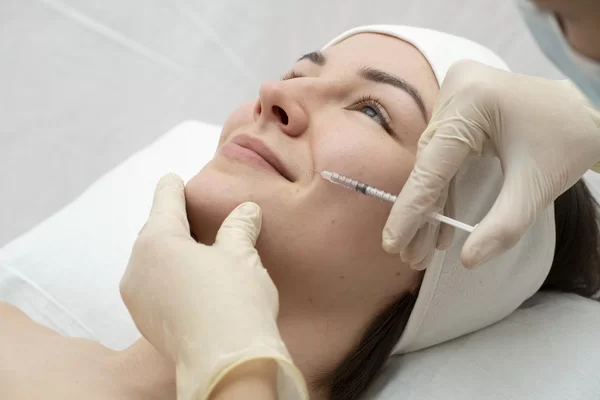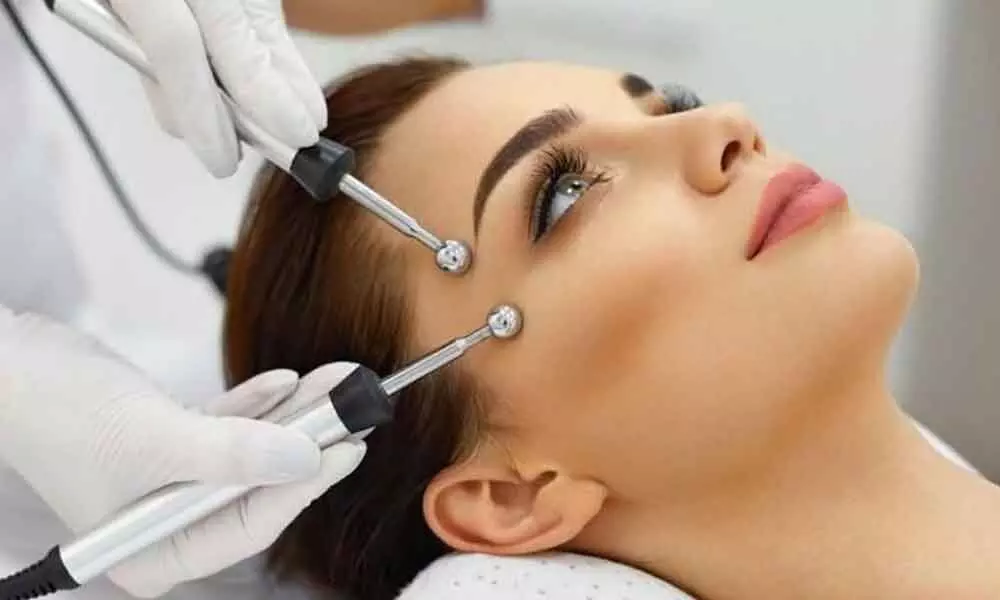Non-invasive treatments have become increasingly popular, especially in places like Rochester, where people seek effective health solutions without surgery or long recovery times. But with many options available, a key question arises: Are non-invasive treatments truly safe?
This article explores what science says about their safety, using clear and simple language for better understanding.
What Are Non-Invasive Treatments?
Non-invasive treatments are medical or cosmetic procedures that do not require incisions into the body or the removal of tissue. Examples include laser therapies, ultrasound treatments, cryotherapy, and injections that don’t involve major surgery. These treatments aim to heal, improve appearance, or manage pain with minimal discomfort and downtime.
The Appeal of Non-Invasive Treatments in Rochester
For residents of Rochester, non-invasive options are attractive because they usually mean less risk and faster recovery than traditional surgery. People choose these treatments for many reasons, such as managing chronic pain, improving skin health, or reducing fat without the need for anesthesia or hospital stays.
What Does Science Say About Their Safety?
The safety of non-invasive treatments depends on several factors, including the type of procedure, the condition being treated, and who performs it. According to scientific studies, many non-invasive methods have a strong safety record when performed correctly. Here are some important points based on recent research:
-
Lower Risk of Complications
Non-invasive treatments avoid cutting the skin or entering the body, which greatly reduces risks like infections, bleeding, or scarring. This makes them safer for many patients, especially those with health issues that complicate surgery.

-
Minimal Side Effects
Most non-invasive procedures cause only minor and temporary side effects such as redness, swelling, or mild discomfort. Serious side effects are rare but can happen if the treatment is not done properly or if patients have allergies or skin sensitivities.
-
Importance of Qualified Providers
Safety improves significantly when treatments are performed by trained medical professionals in trusted Rochester clinics. Proper diagnosis, care, and follow-up are essential to avoid mistakes and ensure good results.
-
Varying Effectiveness and Safety Among Treatments
While many non-invasive treatments are safe, some are still being studied for long-term effects. For example, newer laser procedures or energy-based therapies may require more research to fully understand their benefits and risks. Patients should discuss these details with their Rochester healthcare providers.
Choosing the Right Treatment in Rochester
If you are considering a non-invasive treatment in Rochester, take these steps to stay safe:
- Consult a licensed professional who specializes in the treatment you want.
- Ask about the risks, benefits, and alternatives.
- Share your full medical history, including allergies, medications, and past treatments.
- Follow all pre- and post-treatment advice carefully.
Conclusion: Safe When Done Right
Non-invasive treatments offer a safe and effective way to address many health and cosmetic concerns with less risk than surgery. Science supports their use when done by qualified providers, using approved methods and equipment. If you live in Rochester and are interested in these options, make sure to get professional advice so you can enjoy the benefits with confidence.
By understanding what science says and choosing experienced care, non-invasive treatments can be a safe part of your health and wellness journey.

Leave a Reply